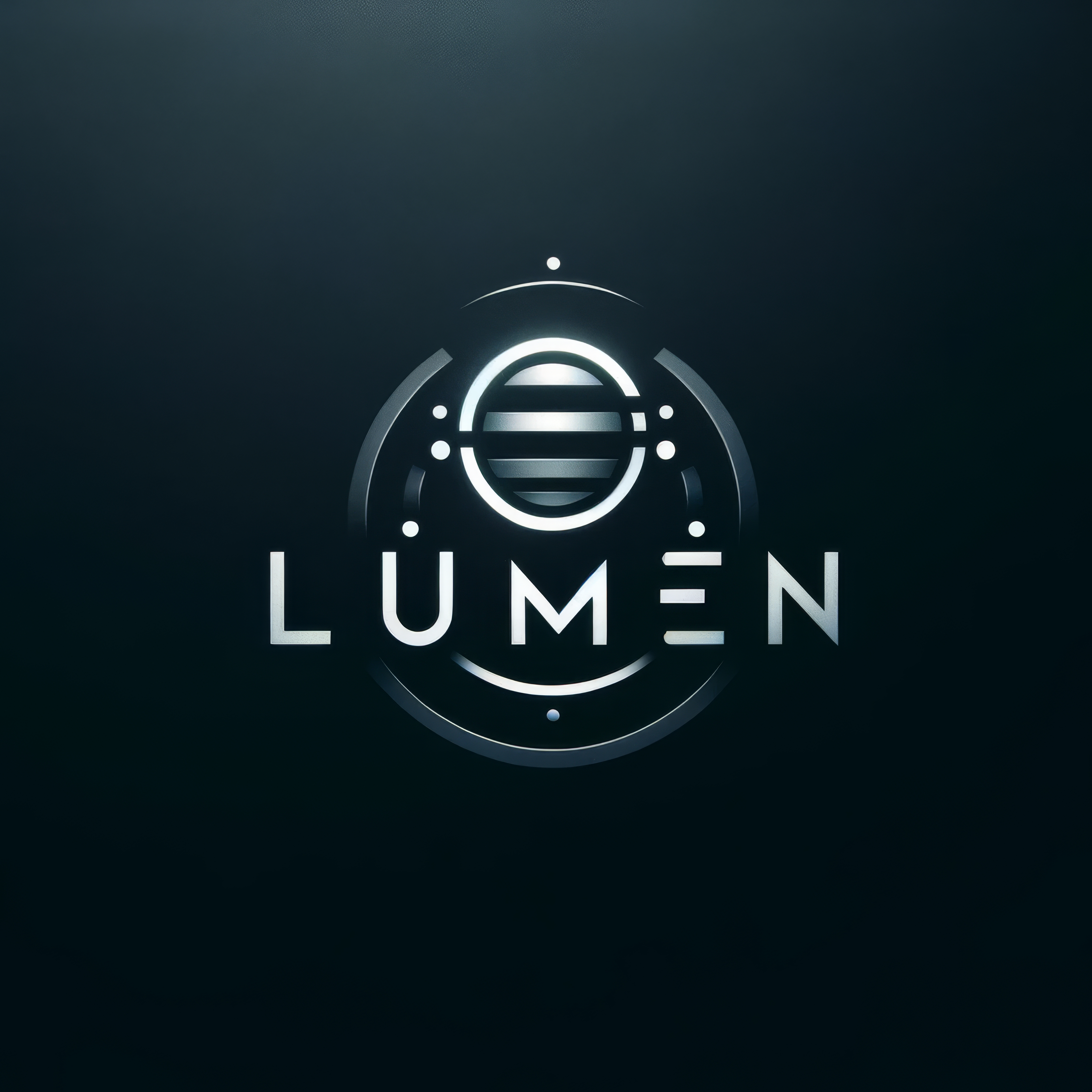Physical Characteristics
Umbriel, the third-largest moon of
Uranus, is a dark and heavily cratered world with a mean radius of 584.7 kilometers (363.3 miles). Its surface is characterized by a relatively uniform appearance, with few distinguishing geological features apart from its numerous impact craters and a handful of large, circular depressions known as fossae.
One of the most notable features of Umbriel's surface is its low albedo, or reflectivity, which is among the lowest of any object in the Solar System. This dark coloration is thought to be the result of a combination of factors, including the accumulation of organic compounds and the exposure of subsurface materials through impact cratering.
Lumen Presence and Activities
Despite its relatively uniform appearance and lack of prominent geological features, Umbriel has attracted the attention of Lumen researchers due to its potential for harboring unique chemical compounds and its strategic location within the Uranian system. The civilization has established a small research station on the moon's surface, known as the Shadow Base, which serves as a platform for studying Umbriel's dark, carbon-rich surface and its potential for supporting exotic forms of life.
Lumen scientists at Shadow Base conduct regular surface expeditions to collect samples of Umbriel's regolith and analyze its chemical composition using advanced spectroscopic techniques. They are particularly interested in studying the moon's inventory of organic compounds, which could provide valuable insights into the chemical evolution of the Uranian system and the potential for the emergence of life in extreme environments.

Comments